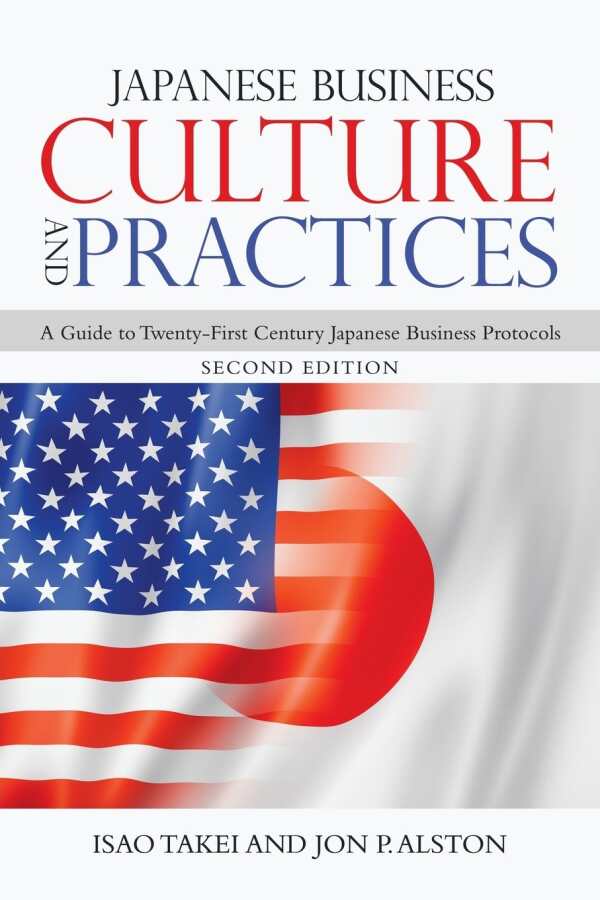Japanese Business Culture and Practices
A Guide to Twenty-First Century Japanese Business Protocols
Anyone who wants to improve their chances of success when doing business in Japan should read this book.
Isao Takei and Jon P. Alston’s Japanese Business Culture and Practices is a practical, authoritative manual for US companies that want to do business in Japan.
In a global economy, a US company would be missing a significant opportunity were it not to consider entering the Japanese market. The major challenge, as the authors, who are professors, point out, is that business is conducted differently in Japan. This second edition of Takei and Alston’s title updates the original text, retaining all of its clearly written content. It should be extremely helpful for navigating Japanese business practices and Japanese culture, which are intricately entwined.
The book is divided into five detailed chapters, deftly organized and skillfully written, that are subdivided into short, quick-scanning sections that convey their information in an instructional and engaging manner.
The first and second chapters, regarding Japanese culture and social etiquette, are comprehensive. They lay the groundwork for coping with the differences between Japanese and Western practices, representing a complete immersion in Japanese cultural aspects, social behavior, and rules of conduct.
Discussions of topics like “The Search for Perfection (Kaizen)” and “The Search for Harmony: Wa” offer deep insight into Japanese belief systems. Important customs, including the Japanese bow and the offering and receiving of business cards in a certain fashion, are described with factual precision. Background on topics like Japan’s hierarchical yet equal society, the importance of education and its relation to work, and why lawyers are rare in Japan enrich cultural understanding.
A chapter about social etiquette encompasses everything from why Japanese people apologize often to the many meanings of laughter to the exact format for a Japanese email. It covers other important subjects as well, including appropriate gestures, what to say and what not to say, and how to behave when eating a meal or drinking with Japanese businessmen. This thoroughly fascinating chapter alone is likely to help any American business executive avoid embarrassing and deal-killing mistakes.
The book later delves into what work life is like in Japan and business specifics, including corporate structure and Japanese work holidays. Perhaps most interesting is the book’s in-depth coverage of Japanese meetings, which are substantially different from American meetings. Particularly essential is the wise advice imparted about “proper behavior” in meetings. Most vital is the book’s late information on business negotiations. Though the chapter devoted to negotiations repeats content from previous sections, it is excellent and invaluable on its own. An appendix defines useful Japanese business-related terms and discusses their implications.
Anyone who wants to improve their chances of success when doing business in Japan should read this book.
Reviewed by
Barry Silverstein
Disclosure: This article is not an endorsement, but a review. The publisher of this book provided free copies of the book and paid a small fee to have their book reviewed by a professional reviewer. Foreword Reviews and Clarion Reviews make no guarantee that the publisher will receive a positive review. Foreword Magazine, Inc. is disclosing this in accordance with the Federal Trade Commission’s 16 CFR, Part 255.

